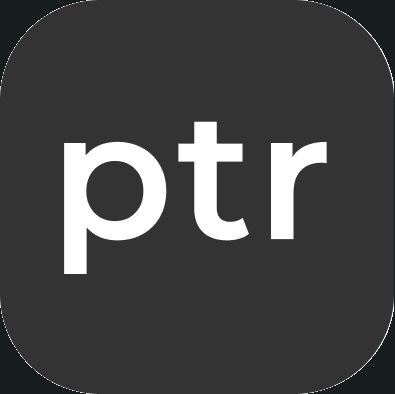Stacktape vs.
 Stacktape vs.
Stacktape vs.  Porter.run
Porter.run
At a high level, both Stacktape and Porter automate infrastructure provisioning and app deployment. However, when you delve deeper, significant differences emerge.
| Minimum monthly costs on AWS | $0 | $225/month |
| Cloud providers | AWS | AWS, GCP, MS Azure |
| Deploys to | Fargate, ECS and Lambda | Kubernetes |
| Git providers | Github, Gitlab, Bitbucket | Github |
| Preview environments | Beta | |
| Serverless architecture | ||
| Frontend architecture | ||
| Usable without DevOps experience | ~ |
Easier Management
Stacktape deploys your apps and services directly to Fargate, EC2 or a Lambda function.
In contrast, Porter requires you to manage a Kubernetes cluster. This requires your team to understand more concepts and manage more components.
While Kubernetes is powerful and flexible, taking full advantage of it requires specialized skills. Simply using Porter doesn't provide this power or flexibility out of the box.
Backend infrastructure resources
While you can deploy almost anything to Porter as a container, you need to run and manage these other resources yourself.
Stacktape offers only fully managed resources, including:
- Lambda function
- Edge functions (Lambda@Edge)
- Fully-managed SQL databases, including Aurora database clusters
- Fully-managed Redis (AWS Elasticache & Upstash Redis)
- Fully-managed MongoDb (MongoDb Atlas)
- DynamoDB
- Firewalls
- SNS, SQS, Event bus
- and many more
Frontend infrastructure resources
Porter is focused only on backend services and databases.
Stacktape also supports frontend resources, allowing you to easily deploy fullstack apps:
- Static websites with CDN
- Optimized Next.js hosting
- and more
Costs
Generous free tier
Stacktape is free if your monthly spending for AWS resources managed by Stacktape does not exceed $100.
No Minimum AWS Cost
Porter imposes a minimum ~$200/month AWS cost because of the required Kubernetes cluster. Stacktape doesn't.
Cost visibility
With Stacktape, you see exactly how much you'll pay for the resources you are about to deploy.
You can use budgets to get notified when the spend goes above the selected threshold.
Security
Flexible Database Configuration
Choose between public or private databases based on your needs. Setup secure keyless access to your private databases from the outside using a Bastion (jump host).
Keyless to private resources using Bastion (jump host)
With Stacktape, you can easily and securely connect to private resources (not having a public IP) to perform management tasks such as database migrations.
Alarms
Easily configure alarms for your services based on resource usage, error rate, response time etc.
Get alarm notifications into your email or Slack channel.
Robust Secret Management
Store secrets in your AWS Secrets Manager, encrypted with your KMS keys for maximum security and flexibility.
Easily access them within your infrastructure
Web App Firewall
Protect your application from common web exploits that could affect application availability, compromise security, or consume excessive resources.
GUI or Infrastructure as a Code
Stacktape offers best of both worlds.
You get all the benefits of Infrastructure as a Code tools, while also not having to write 1000s of lines of YAML.
You can write the configuration using our Interactive Config Editor. Configuring a webservice with a Postgres database can be done in less than 2 minutes.
Build options
Stacktape offers multiple build options, allowing you to either leave everything to us, or configure everything yourself:
Build options for containers
Stacktape & Paketo buildpacks that automatically builds your code with all of its dependencies and creates a Docker image. In this case Stacktape also manages your image registry, and pushes the images.
Bring-your-Dockerfile allowing you to customize your build process. Stacktape then builds the image for you and pushes it to a Stacktape-managed image registry.
Bring-your-image allowing you to bring your pre-built image.
Build options for lambda functions
Stacktape buildpack that automatically build your lambda function with all of its dependencies and create a deployable lambda artifact for you. Works for Javascript, Typescript, Python, Go & Java functions.
Bring-your-own-artifact that deploys your lambda functions with the artifact you created beforehand.
Deployment options
Unlike Porter, which allows you to only use GitHub Actions, Stacktape offers multiple deployment options:
- using Stacktape CLI (works on MacOs, Linux & Windows)
- Stacktape console (GUI)
- GitOps from your Github, Gitlab or Bitbucket accounts
- from any 3rd party CI/CD solution using Stacktape CLI
Monthly costs
Small
Medium
Large
Small
Medium
Large
Want to give it a shot?
You can deploy your first app to AWS in less than 30 minutes.